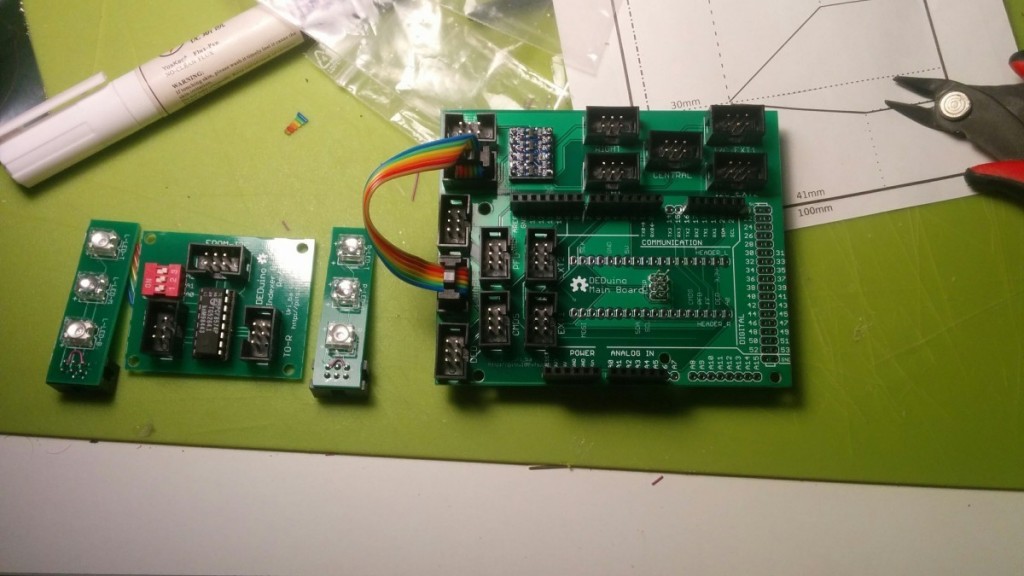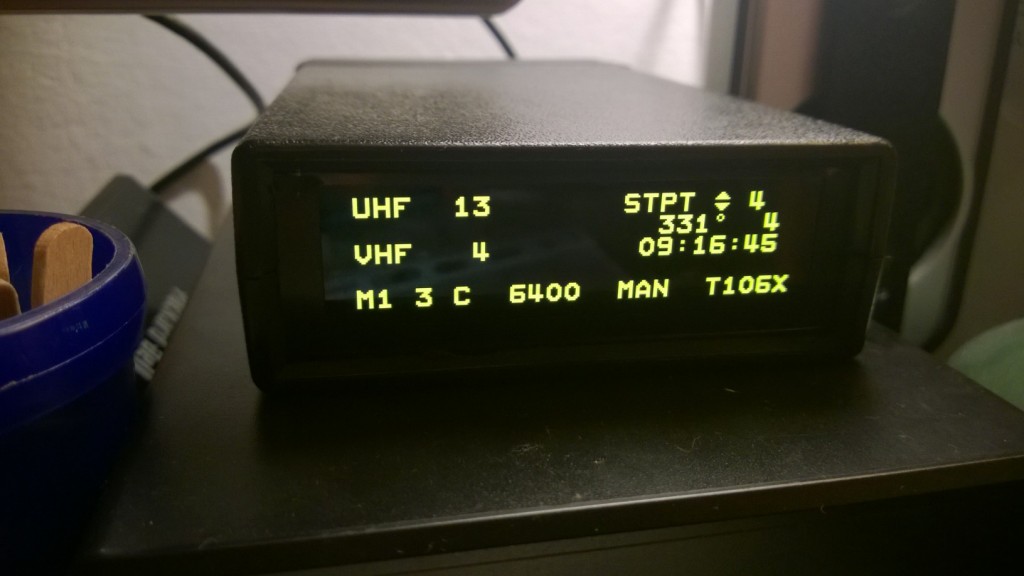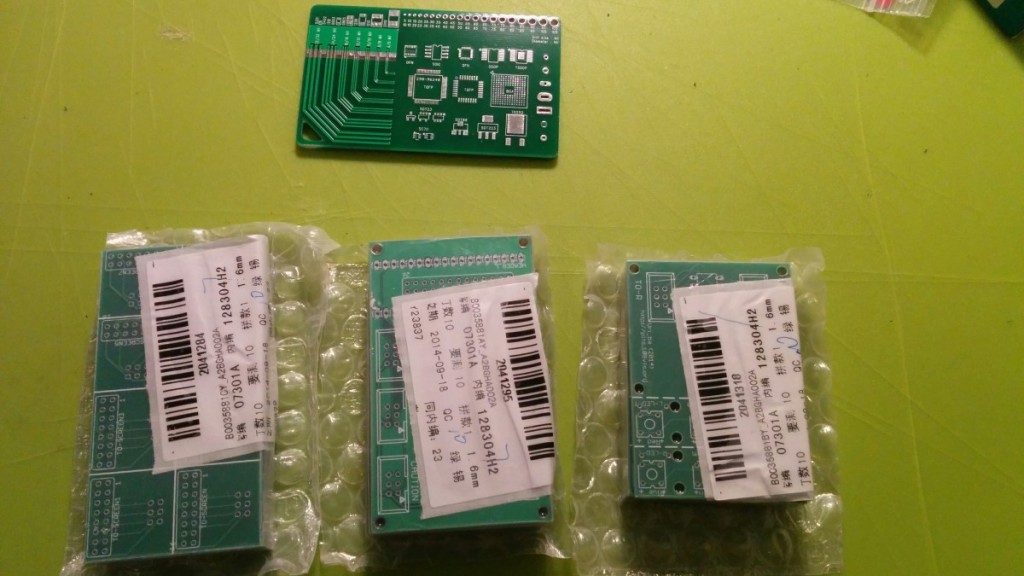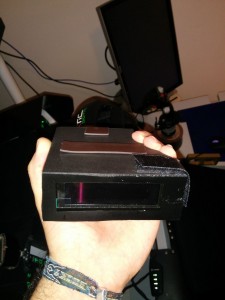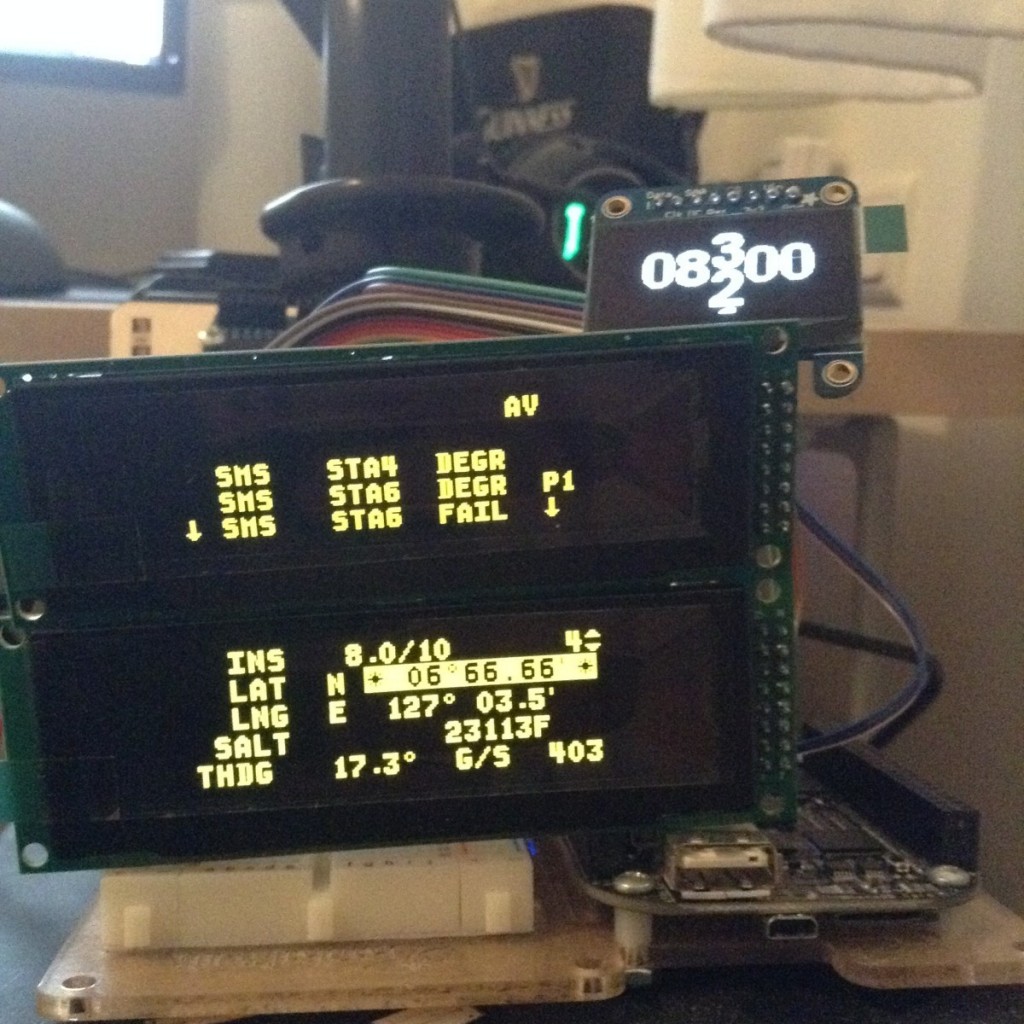Well, remember I’ve said there is a second OLED screen that fits?
I’ve been following a member of the VIAF.it community, “Cool hand”, that has been following this project, He has published a few links I’ve missed while working on the initial steps. I’ve always known that New-Haven screens are a good option but were a bit taller then needed. Apparently, there is a way around it.
Jsheppard of the VP forums, creator of the PScockpit system, has blogged more then a year ago about a box and a NHD secreen combo that works for the DED.
http://psfalcon.blogspot.com.es/2013/03/how-to-install-our-256×64-oled-display.html
here are the parts on Mouser:
NHD 2.8 Oled
Hammond 1598ABK box
I’ve been using the EastRising display, mainly because of shipping issues – had I been aware of this article, I’ve been using that from the start.
for me, buying two sets cost about 85USD, but shipping this over from mauser costs additional 75USD, that’s why I’ve not been ordering anything from Mouser.
I’m now checking my options, that will probably have shipito (or similar service involved.
I now change my recommendation for a screen for the project to this one. code works, and I will re-design the PCBs accordingly.
——- Update – Nov. 20——-
I’ve been digging into the data sheet, it seems that the screen need 3V rather then the 5v tolarant one from BuyDisplay.
So I’ll thing a little about what is needed, and I’ll probably end up getting an extension for the flat cable and dismantle the PCB the same way it’s done here.
Stay tuned!
——- Update – Nov. 21 ——-
Cool hand has posted his progress on the Italian forum…
Check for yourself 😉
As “someone” once said, “Fighter pilots make movies, Bombers make history!” (I hate “Top Gun”! There I’ve said it!)
——- Update – Nov. 23 ——-
I’ve ordered the connectors and adapters I need to try and fit the East-rising display into the Hammond box. I’ll order the Box from Mouser later this week, I’m collecting stuff into my cart there to continue working on the pit (ICP toggles and CMDS panel switches).
because It’s an opportunity to order “real stuff” – with reasonable shipping per item.
I guess December will be a busy month for cockpit electronics 😉
